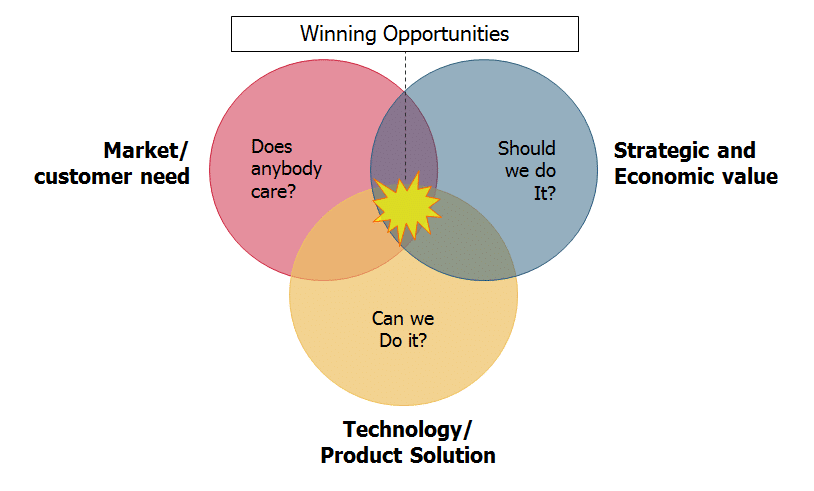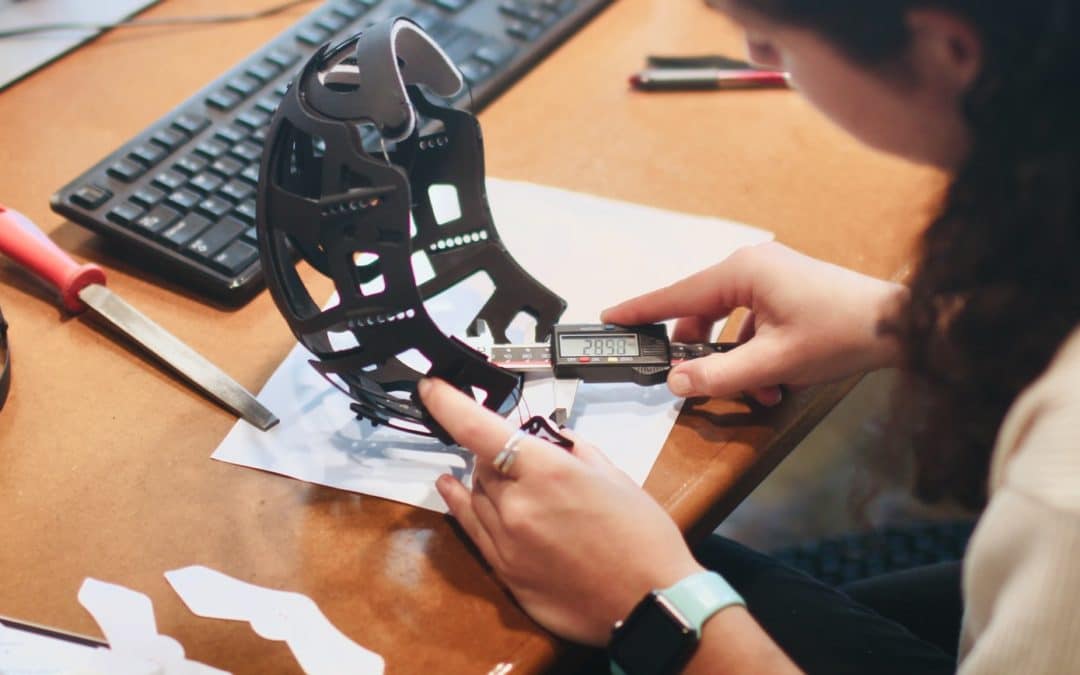Lego nearly went bankrupt because of its innovation.
Looking for new growth around the turn of the century, they took expert advice on how to grow through innovation and tried everything: open innovation, disruptive innovation, blue ocean, walking in their customers shoes and building an innovation culture.
It worked.
They created Mindstorms®, Bionicles®, Lego® Star Wars™ and many other wonderful new products and services.
But according to David Robertson, author and professor at Wharton, that was a big problem. Their costs had gone up so much that they became a money losing machine.
They turned the situation around by creating an innovation guidance system, for example by balancing both innovation and profit in a vital way. (See article.)
My personal experience early in my career at Xerox PARC taught me that a great technology and compelling customer insight are necessary but not sufficient to change the world. One of the missing ingredients is critical thinking about business and economic issues as an integral part of the innovation process.
Designers, engineers and technologists have a rich tradition and big toolkit for prototyping, finding and overcoming challenges and ultimately delivering a great result.
Marketers, voice-of-customer professionals have a rich tradition and a big toolkit for exploring customer needs, testing and validating hypotheses, and finding something that people really want.The work of innovation is the work of these two groups using their tools to take an immature idea into a winning product.But it is not enough.
The rich tradition and big toolkit for critical thinking about economic and strategic issues has not been developed. The common approaches, like creating a spreadsheet full of assumptions to get your funding, tend to create lies nobody believes rather than driving an idea forward.

The work of innovation is the work of answering three questions (not just two): Can we do it? Does anybody care? and Should we do it? In other words: technology / design, customer / market, and economic / strategy.
The formulation phase provides a step where an individual innovation team can flex its muscles in this area, using tools like those in the Frost & Sullivan Best Practice Guidebook focusing on Hewlett-Packard Company. To download a copy of the best practice guide click here. A good portfolio process provides a forum where management can focus resources in a way that drives the value of the innovations and the portfolios upwards.



